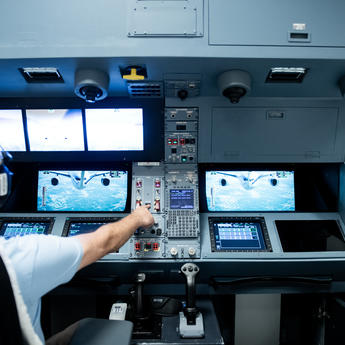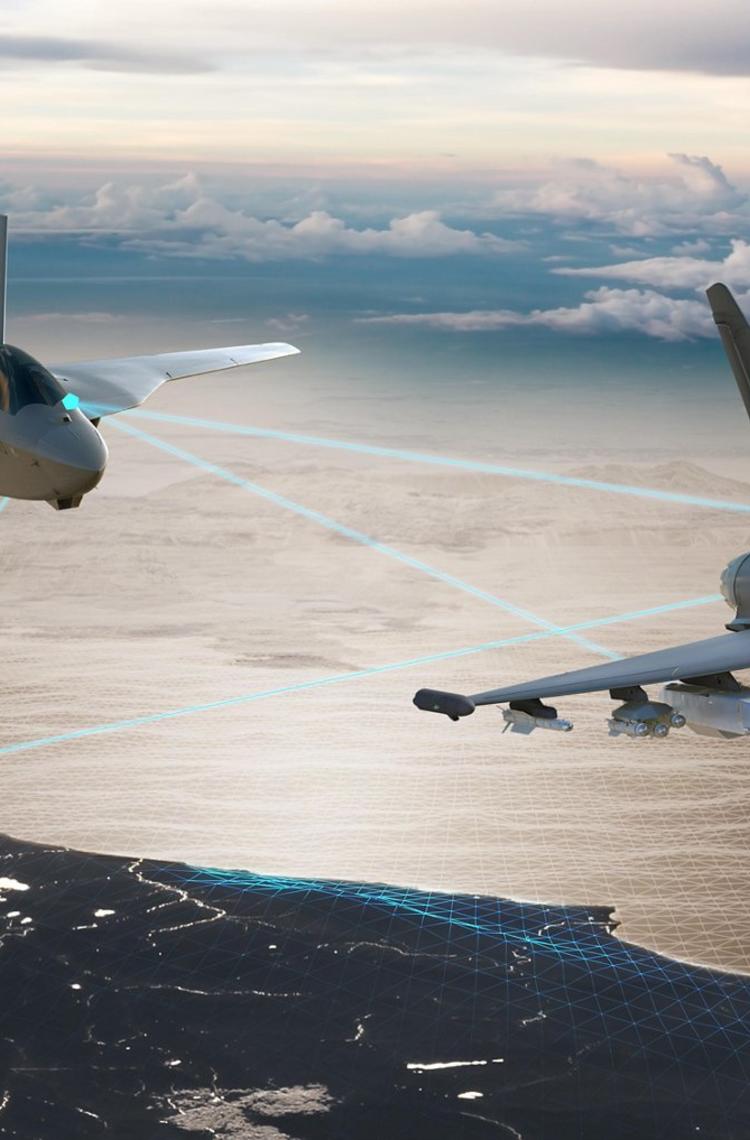In a unpredictable world of growing threats, FCAS will deliver increasing operational effects by leveraging the collective capabilities of connected manned and unmanned platforms, bringing the next level of Air Power to highly denied environments.
At the heart of FCAS, manned New Generation Fighters teaming with unmanned Remote Carriers as force multipliers will form the Next Generation Weapon System or NGWS. Various national and ally platforms will supplement the NGWS in a collaborative approach by adding their unique capabilities. Such a system of systems approach will reach beyond the air domain by including sea, land, space and cyber. The Air Combat Cloud will enable seamless collaborative combat across domains by leveraging the connected capabilities of pooled platforms.

Such an FCAS vision entails doctrinal and technological challenges, as European air forces and navies will operationally benefit from new capabilities as they gradually arrive. This will require a two fold coordinated approach: European air forces and navies need to change the way they operate and industry must develop the needed new technologies. This cannot be done “overnight” and will require time. By progressively providing FCAS capabilities, European air forces and navies will be able to meet the growing threats they face.
An incremental roll-out of FCAS capabilities is already planned with initial situational awareness across platforms capabilities in the mid-2020s. This will be followed by manned unmanned teaming between upgraded existing fighters such as the EF LTE and 1st generation Remote Carriers in the early 2030s, before achieving the full FCAS vision in 2040 with the NGWS as its core.
Meeting the doctrinal and technological changes can only be done if air forces, navies and Industry work hand in hand. This is FCAS!
Discover more Defence news
Continue Reading

Airbus and Indra selected to conduct definition study on future Spanish intelligence…
Press Release
Defence
Airbus Defence and Space and Indra selected by the Spanish Ministry of Defence to carry out a study for the future Spanish Signals Intelligence aircraft
Airbus to lead Spain's new combat training system
Press Release
Defence

Spain orders 18 C295 transport aircraft
Press Release
Defence

International Training Centre: 15 years training the world's best military crews
Web Story
Defence

Airbus A400M: Landing where others can't to deliver more aid
Web Story
Defence
